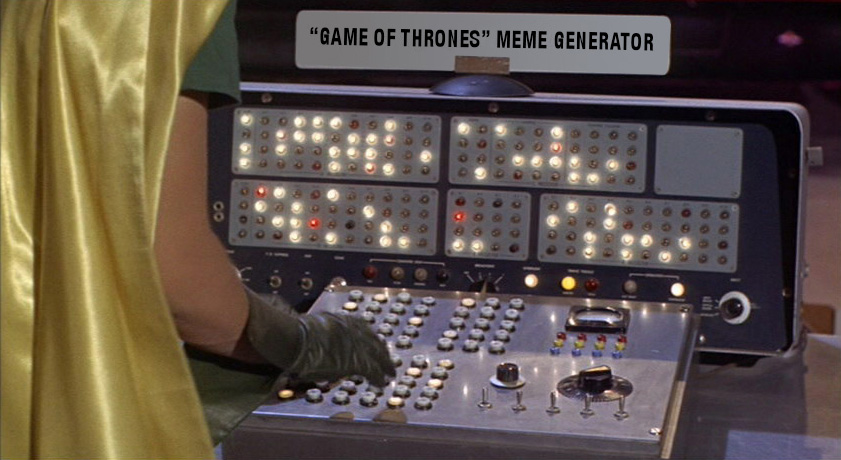This is not an essay denouncing the violence in Charlottesville, or our president’s disgraceful response to it. Those things are self-evident and, to the extent they’re not, others have spoken about them with more eloquence and insight than I could. I want to talk instead about why Charlottesville happened, why it’s likely to happen again and how we might come through this struggle in a better place than where we began.
First, a little background.
This country has never truly reckoned with the consequences of the Civil War and its aftermath—especially, I think, the aftermath, the true, horrid scale of which I believe still remains largely unknown by white Americans; it certainly was to me for most of my life. Jim Crow was more than just laws that kept black people away from the ballot box, a disgraceful enough thing in itself. It was a collusion of culture, politics and the legal system to recreate slavery in all but name, exploiting blacks for their labor while depriving them of everything they were entitled to as newly recognized American citizens. This was done not only through “literacy tests,” grandfather clauses and whites-only drinking fountains but through the convict lease system, consciously racist zoning laws, and of course, vigilante terror and murder, to name just the most obvious things.
The Robert E. Lee statue that was the ostensible cause of all this is a relic of this system. Most of the Civil War statuary dotting courthouses and public squares in Southern towns was not made during the war or in its immediate wake. These figures were erected from the 1900s through the 1920s as totems of Jim Crow, meant to remind both blacks and whites of the level each group occupied (low and high, respectively) on the social pyramid. They are subtle instruments of terror wrought in bronze.
As these monuments began to spring up, there came with them what we now know as the myth of the Lost Cause, the revisionist belief that the Civil War was brought about not by slaveholders determined to protect their human property, but by an overzealous, self-righteous and hypocritical Northern government bent on overrunning the states’ rights guaranteed in the Constitution in order to clear the path for a smothering, all-encompassing Federal authority. The Confederate States of America, a would-be oligarchy founded on racial and religious bigotry and with the explicit goal of expanding slavery throughout the Americas, was recast as a noble-but-doomed final stand in the defense of a now-vanished American ideal.
This historical lie, aided and abetted by whites in the North as much as the South, is why the Stars and Bars remain for many Americans (who often do not consider themselves racist to the slightest degree) a symbol of proud American defiance and self-determination, rather than an emblem of hatred on par with the Nazi swastika. It explains why people wearing the insignia of a defeated insurrectionist movement that sought to leave the Union outright now regard themselves, without irony, as the true patriots and lovers of America. By extension, statues of Lee, Forrest, Longstreet et al, gilded in the patina of the Lost Cause, serve a similar purpose in valorizing this deracinated Confederacy. Civil War statues and the Confederate battle flag are not racist, we are told—they’re our heritage, and no one should be made to feel ashamed of his heritage.
To be sure, the Klan-saluting, torch-wielding crowds protesting in Charlottesville seemed very much motivated by racism, however much they speciously invoked their “heritage.” But these monuments haven’t endured this long solely because of the small minority of Americans who think and act like the demonstrators at Charlottesville. They endure because as a nation we have failed to honestly confront what they stand for—because after all this time, we refuse to agree on what the Civil War meant, or engage with what its post-Reconstruction aftermath set out to achieve.
Until now.
Remember that what prompted this whole appalling display was the Robert E. Lee statue in question was set to be removed from its privileged place, because the leaders of Charlottesville could no longer countenance the insidious ideals that had led to its creation. The neo-Confederates protesting this were lashing out in fear, and their fear is fully justified. The lie upon which they have constructed their pride and sense of worth is being challenged, not just by far-off liberal interlopers but by their own friends and neighbors. People both in the South and beyond it are seeing the myth of the Lost Cause as just that—a fable designed to protect the privileged by obscuring the brutality on which that privilege was founded.
After more than 100 years, the cracks are indisputably beginning to show. New Orleans removed a statue of Lee from public view a few months ago. The Republican governor of Maryland just announced his intention to remove a statue of the Supreme Court justice who wrote the Dred Scott decision. The mayor of Lexington, Kentucky announced—ahead of schedule, spurred on by the violence in Charlottesville—that he intended to have two Confederate statues relocated from the former city courthouse, now a visitor’s center. More cities and states are sure to follow.

Expect more outbreaks like Charlottesville as the weight of public opinion turns slowly, inexorably against these background furnishings of Jim Crow. It will undoubtedly get worse before it gets better, and it’s perfectly appropriate to be outraged and sickened at these spasms of racist violence, and at the president who responds to them with cowardly equivocation. But the fact remains that this conversation has been long overdue, and having it was never going to be easy. Do you remember when well-meaning politicians used to talk wistfully about the nation “having a dialogue” about race in America? This is what that looks like.
There is a saying among the Chinese: “The best time to plant a tree was 20 years ago. The second-best time is now.” It is tempting—and futile—to wonder what might have been had Reconstruction continued as Lincoln had envisioned it, and Jim Crow and the Lost Cause had shriveled and died before ever having the chance to bloom. But it is not 120 years ago or 20 years ago, and today we are tasked with planting trees in some very hard, stubborn earth. The work will be long and brutal and not all of us may live to see it bear fruit. Yet when it is done—when those seeds have finally taken root and resisted all efforts to pull them free—we can look back at our efforts and our sacrifices and know that they were given in pursuit of a worthy goal, one which, once achieved, will leave our nation better than it was before.
Originally published on Medium.




